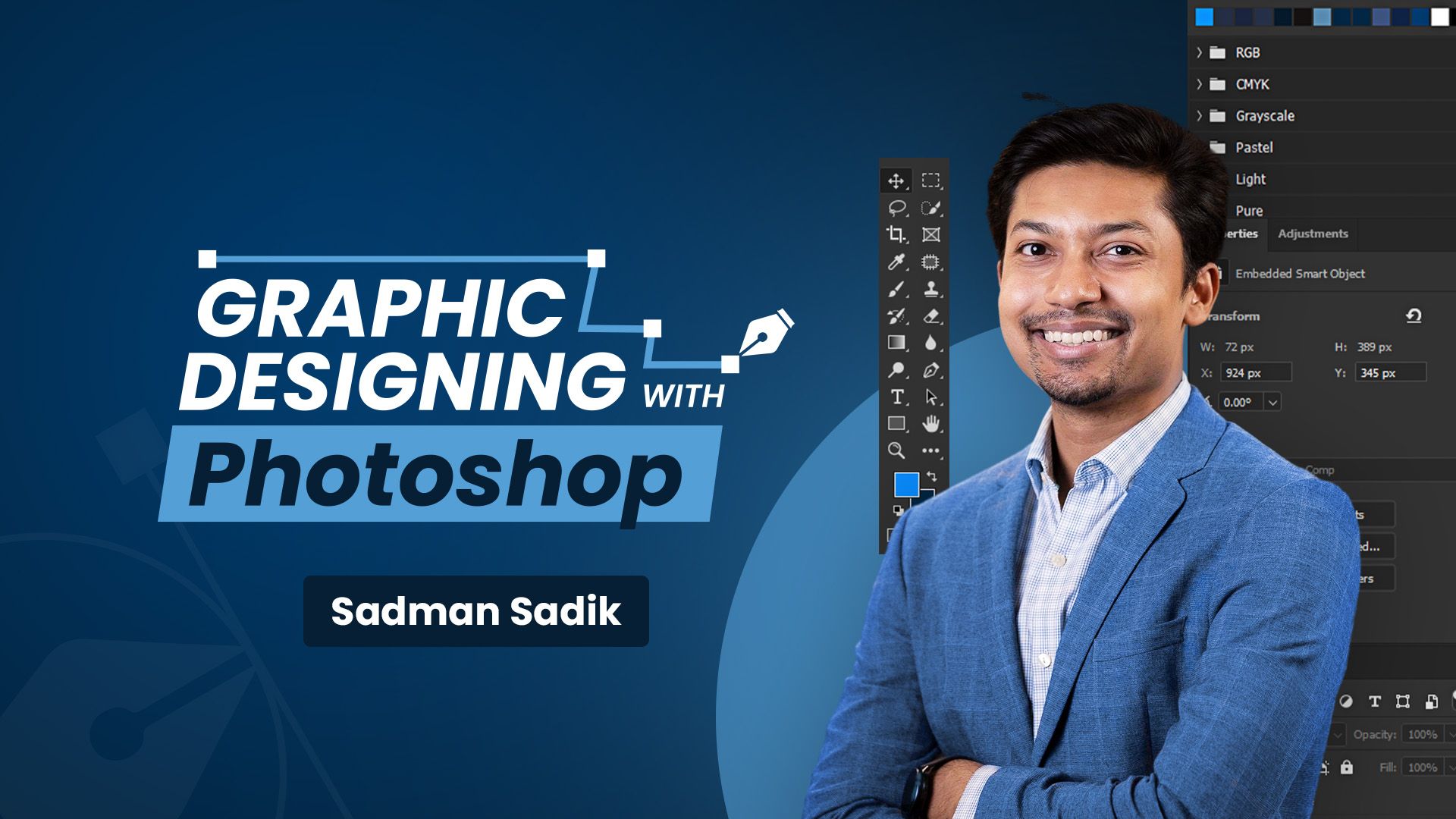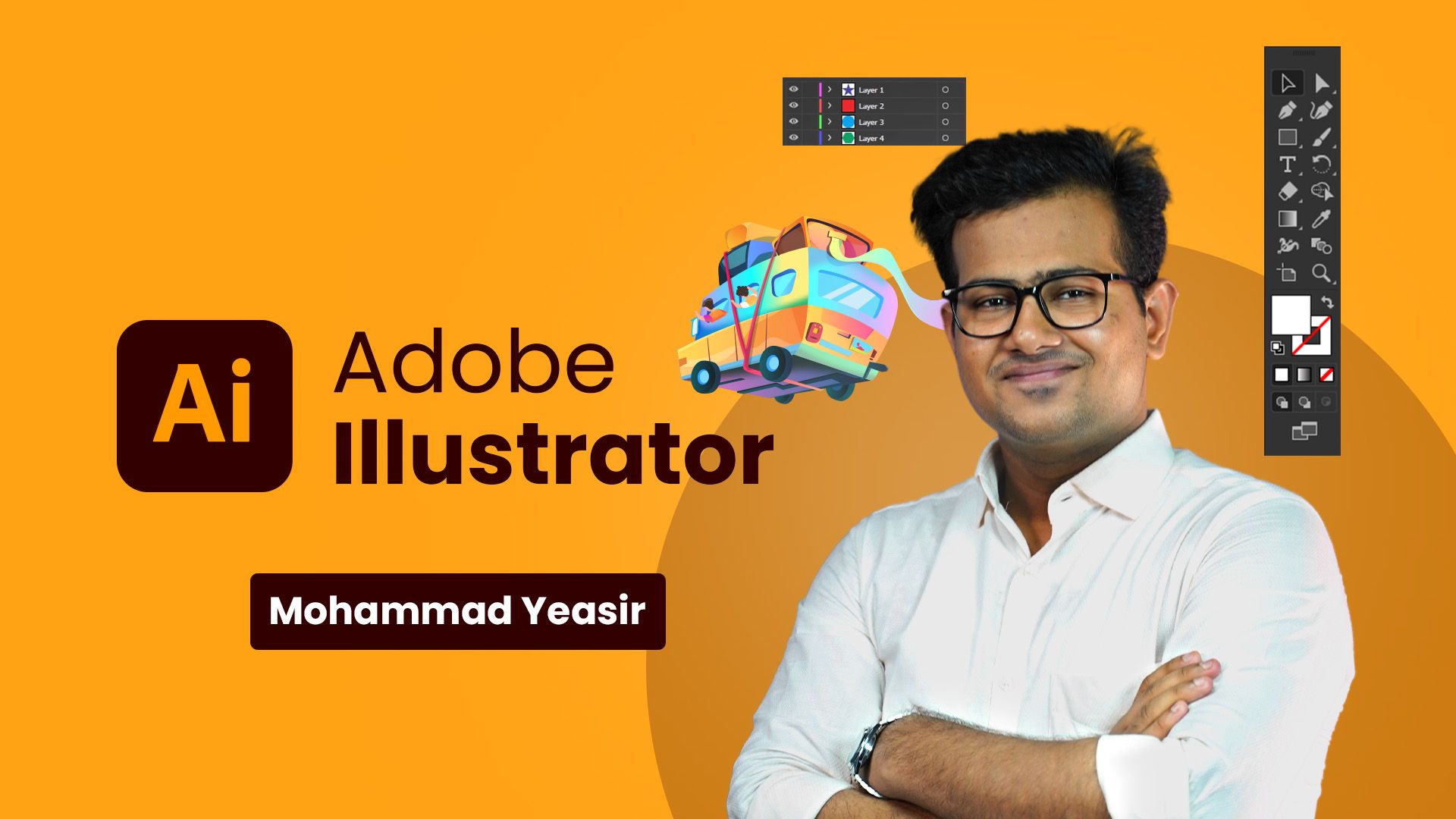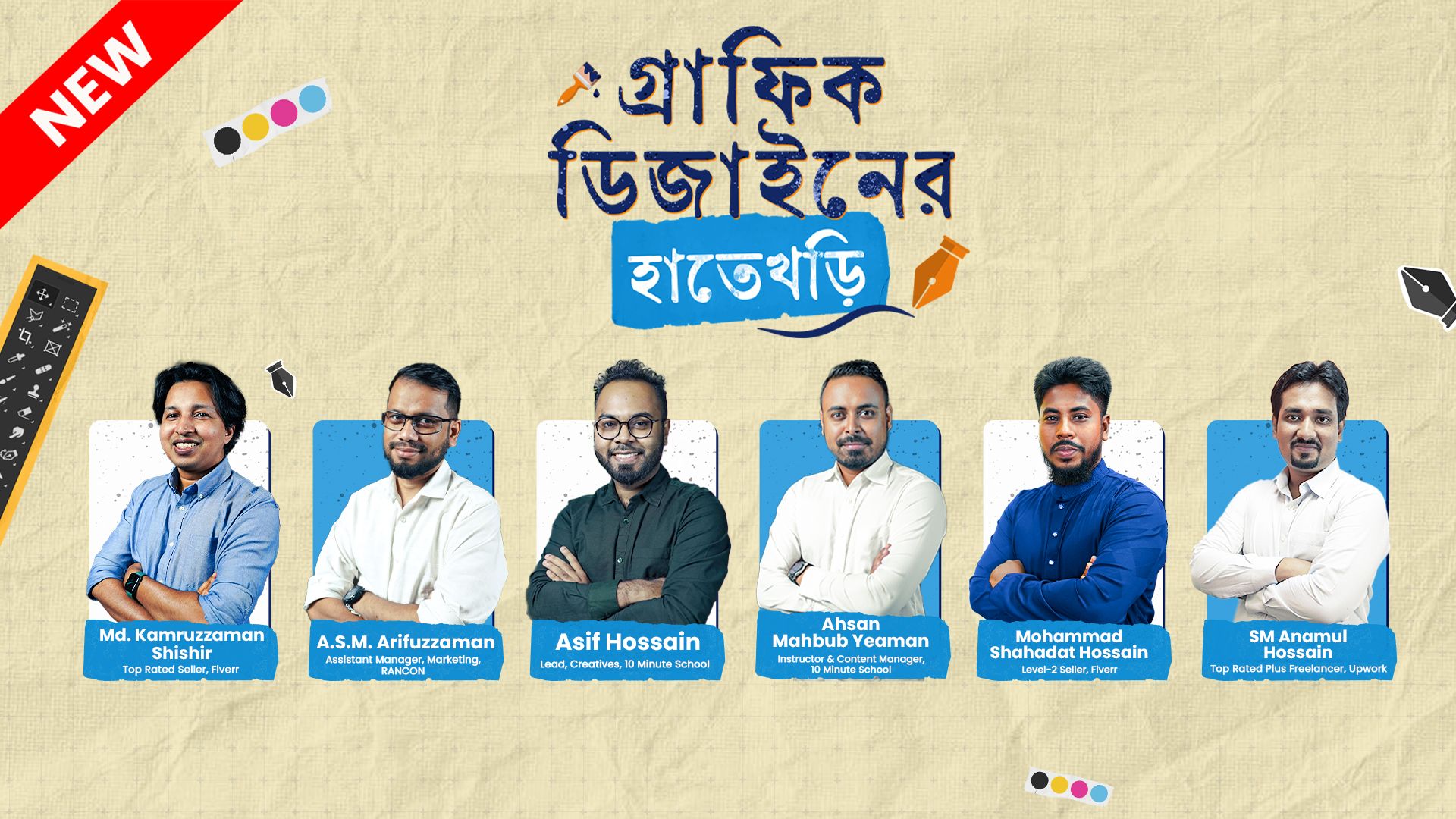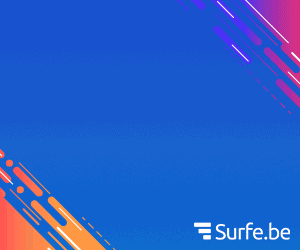Beginner's Guide to Creating Stunning Graphic Designs
1. Introduction to Graphic Design
Graphic design is the art of combining text, images, and other elements to communicate a message or create a visual representation of ideas. It’s used in various fields including advertising, web design, print media, and branding.
2. Essential Tools for Graphic Design
To start creating graphic designs, you'll need some essential tools:
Graphic Design Software:
- Adobe Photoshop: Best for photo editing and manipulation.
- Adobe Illustrator: Ideal for creating vector graphics.
- Canva: User-friendly for beginners, great for quick designs.
- GIMP: Free alternative to Photoshop.
- Inkscape: Free alternative to Illustrator.
Hardware:
- Computer: A good-quality computer with a decent processor and RAM.
- Graphic Tablet: For precise drawing and design work.
- High-Resolution Monitor: To see your designs in the best quality.
3. Basic Principles of Design
Understanding these fundamental principles can help create more effective designs:
- Balance: Distribution of visual weight in a design. It can be symmetrical or asymmetrical.
- Contrast: Difference between elements to create visual interest and emphasis.
- Alignment: Placement of elements to create order and organization.
- Repetition: Repeating elements to create consistency and cohesiveness.
- Proximity: Grouping related items together to create a relationship between them.
- Color Theory: Using color strategically to evoke emotions and create harmony.
4. Step-by-Step Design Process
Define the Purpose and Audience:
- Understand what the design is for and who it is aimed at.
Research and Gather Inspiration:
- Look for inspiration from other designs, nature, art, etc.
- Create a mood board with colors, textures, and styles you like.
Create a Sketch:
- Draw rough sketches of your ideas to visualize the layout and elements.
Choose Your Tools:
- Select the software and hardware you'll use for the project.
Start Designing:
- Create a layout and place the main elements.
- Apply colors, typography, and images.
- Make sure to follow design principles like balance, contrast, and alignment.
Refine and Edit:
- Review your design for any mistakes or areas of improvement.
- Make adjustments as necessary to improve clarity and impact.
Get Feedback:
- Show your plan to other people and hear their thoughts.
- Use constructive criticism to make your design better.
Finalize and Export:
- Save your design in the appropriate format (e.g., JPEG, PNG, PDF).
- Ensure the resolution is suitable for the intended use.
5. Tips for Stunning Designs
- Keep It Simple: Avoid clutter. Simple designs are often more effective.
- Utilize Top notch Pictures: Guarantee pictures are high goal and pertinent.
- Pay Attention to Typography: Choose fonts that are readable and appropriate for your design.
- Create Visual Hierarchy: Use size, color, and placement to guide the viewer’s eye to the most important elements.
- Stay Consistent: Maintain consistency in style, colors, and fonts throughout your design.
- Experiment and Iterate: Don’t be afraid to try new things and make multiple versions of your design.
FAQs
Q1: What is the best software for beginners? A1: Canva is highly recommended for beginners due to its ease of use and vast library of templates.
Q2: How do I choose the right colors for my design? A2: Use color theory to select colors that complement each other. Tools like Adobe Color can help you create color palettes.
Q3: What resolution should my design be? A3: For web designs, use 72 DPI (dots per inch). For print, use 300 DPI to ensure high quality.
Q4: How can I improve my design skills? A4: Practice regularly, study other designs, and seek feedback. Online courses and tutorials can also be very helpful.
Q5: Can I use images from the internet in my designs? A5: Only use images that you have permission to use. Websites like Unsplash and Pexels offer free high-quality images.
Q6: What is a vector graphic, and why is it important? A6: Vector graphics are images created using mathematical formulas, making them scalable without losing quality. They are essential for logos and illustrations that need to be resized frequently.
Q7: How do I know if my design is good? A7: A good design effectively communicates the intended message, is visually appealing, and meets the needs of the target audience. Feedback from others can also help determine its effectiveness.
Professional Graphic Design Course
Graphic Designing with Photoshop
মোবাইল দিয়ে Graphic Designing
Graphic Designing with PowerPoint
Graphic Design এর হাতেখড়ি
Graphic Design করে Freelancing
T-shirt এবং Logo Design
🔹 Types of Graphic Design
-
Brand Identity & Logo Design – Creating logos, brand colors, typography, and visual guidelines.
-
Marketing & Advertising Design – Posters, flyers, brochures, social media ads, and banners.
-
Web & UI Design – Website layouts, mobile app interfaces, and user experience graphics.
-
Packaging Design – Product packaging, labels, and retail presentation.
-
Print Design – Magazines, newspapers, business cards, book covers.
-
Motion Graphics – Animated videos, title sequences, explainer videos.
-
Illustration & Art – Custom artwork, icons, and visual storytelling.
🔹 Popular Graphic Design Tools
-
Adobe Photoshop (photo editing, digital painting)
-
Adobe Illustrator (logos, vector graphics)
-
Adobe InDesign (publishing & layout design)
-
Figma & Sketch (UI/UX design)
-
Canva (easy drag-and-drop design)
-
CorelDRAW (vector illustrations & layouts)
🔹 Where Graphic Design Is Used
-
Business branding (logos, stationery)
-
Social media (posts, stories, ads)
-
Websites & apps (UI/UX)
-
Print media (books, magazines, posters)
-
Packaging & product labeling
-
Marketing campaigns (digital & offline)
🎨 Popular Graphic Design Styles
-
Minimalist Design – Clean, simple layouts with lots of white space and limited colors.
-
Flat Design – Two-dimensional shapes, bold colors, no gradients or textures.
-
3D Design – Realistic depth, shadows, and textures to create lifelike visuals.
-
Retro & Vintage Design – Inspired by past decades, old fonts, muted colors, and classic textures.
-
Typography-Based Design – Focus on creative use of fonts and text.
-
Abstract Design – Artistic, non-realistic visuals with shapes, patterns, and colors.
-
Illustrative Design – Hand-drawn or digital illustrations for storytelling.
-
Geometric Design – Use of lines, circles, triangles, and patterns to form creative visuals.
-
Photorealistic Design – Highly detailed graphics that look like real photos.
-
Futuristic / Cyberpunk Design – Neon colors, glitch effects, and sci-fi elements.
-
Collage / Mixed Media – Combining photos, drawings, and textures into one design.
-
Grunge Design – Rough textures, distressed fonts, and dark, edgy styles.
-
Pop Art Design – Bright, bold colors inspired by comic books and pop culture.
-
Corporate & Professional Design – Clean, modern, and business-oriented look.
-
Handmade / Craft Design – Designs that mimic paper cutouts, doodles, or crafts.
🌐 Major Online Learning Platforms
-
Coursera – https://www.coursera.org
-
edX – https://www.edx.org
-
Udemy – https://www.udemy.com
-
Khan Academy – https://www.khanacademy.org
-
LinkedIn Learning – https://www.linkedin.com/learning
-
Skillshare – https://www.skillshare.com
-
FutureLearn – https://www.futurelearn.com
-
Pluralsight – https://www.pluralsight.com
-
Codecademy – https://www.codecademy.com
-
Udacity – https://www.udacity.com
🎓 University-Affiliated Online Platforms
-
Harvard Online Learning (HarvardX) – https://online-learning.harvard.edu
-
MIT OpenCourseWare – https://ocw.mit.edu
-
Stanford Online – https://online.stanford.edu
-
UC Berkeley Online – https://extension.berkeley.edu
-
Yale Online Courses – https://online.yale.edu
🌐 Online-Only / Online-Focused Universities
-
University of Phoenix – https://www.phoenix.edu
-
Southern New Hampshire University (SNHU) Online – https://www.snhu.edu/online-degrees
-
Western Governors University (WGU) – https://www.wgu.edu
-
Capella University – https://www.capella.edu
-
Walden University – https://www.waldenu.edu
-
American Public University System (APUS) – https://www.apus.edu
-
Includes American Military University (AMU) & American Public University (APU)
-
-
Purdue University Global – https://www.purdueglobal.edu
-
Liberty University Online – https://www.liberty.edu/online
-
Strayer University – https://www.strayer.edu
-
Ashford University (Now University of Arizona Global Campus) – https://www.uagc.edu
🎓 Traditional Universities with Strong Online Programs
-
Arizona State University (ASU Online) – https://asuonline.asu.edu
-
Penn State World Campus – https://www.worldcampus.psu.edu
-
Oregon State University Ecampus – https://ecampus.oregonstate.edu
-
University of Florida Online – https://ufonline.ufl.edu
-
University of Illinois Online (UIS) – https://www.uis.edu/online
-
Colorado State University Global – https://csuglobal.edu
🌐 Graphic Design Tools & Websites
1. Canva
-
Website: www.canva.com
-
Best for: Beginners, social media posts, posters, flyers, and templates.
-
Features: Drag-and-drop editor, free & premium templates, team collaboration.
2. Adobe Creative Cloud
-
Website: www.adobe.com
-
Best for: Professional design & creative work.
-
Includes:
-
Photoshop (photo editing, digital art)
-
Illustrator (vector art, logos)
-
InDesign (print & publishing)
-
After Effects (motion graphics)
-
3. Figma
-
Website: www.figma.com
-
Best for: UI/UX design, web & app prototyping.
-
Features: Cloud-based, team collaboration, and real-time editing.
4. CorelDRAW
-
Website: www.coreldraw.com
-
Best for: Vector design, logos, print layouts.
-
Known for: Precision in illustrations and typography.
5. Affinity Designer & Affinity Photo
-
Website: affinity.serif.com
-
Best for: Professional design at one-time cost (alternative to Adobe).
-
Features: Vector & raster design, great for branding and illustrations.
6. VistaCreate (Formerly Crello)
-
Website: www.create.vista.com
-
Best for: Social media graphics, ads, and quick designs.
-
Similar to Canva but with more animation features.
7. Pixlr
-
Website: www.pixlr.com
-
Best for: Free online photo editing & graphic creation.
-
Features: Quick edits, AI tools, filters, and templates.
8. Gravit Designer
-
Website: www.designer.io
-
Best for: Vector design, UI mockups, and illustrations.
-
Cloud-based and works on all devices.
9. Vectr
-
Website: www.vectr.com
-
Best for: Free vector graphics design.
-
Great for beginners learning logo and icon creation.
10. Snappa
-
Website: www.snappa.com
-
Best for: Social media content and marketing designs.
-
Easy to use with lots of ready templates.
11. Designhill Studio
-
Website: www.designhill.com/tools/logo-maker
-
Best for: AI-powered logo creation & branding kits.
12. Placeit
-
Website: www.placeit.net
-
Best for: Mockups, logo design, and video templates.
-
Especially useful for apparel & product branding.
🎨 Where You Can Learn Graphic Design Online
-
Skillshare – www.skillshare.com
-
Udemy – www.udemy.com
-
Coursera – www.coursera.org
-
LinkedIn Learning – www.linkedin.com/learning
-
Domestika – www.domestika.org
🖋️ 1. Logo & Branding Design
-
Adobe Illustrator – Professional logos & brand identity.
🔗 www.adobe.com/illustrator -
CorelDRAW – Vector graphics for logos and business branding.
🔗 www.coreldraw.com -
Canva Logo Maker – Easy drag-and-drop logo templates.
🔗 www.canva.com -
Designhill Logo Maker – AI-powered logo generation.
🔗 www.designhill.com
📱 2. Social Media & Marketing Design
-
Canva – Posts, ads, stories, flyers, posters.
🔗 www.canva.com -
VistaCreate – Animated designs for Instagram, Facebook, YouTube.
🔗 create.vista.com -
Snappa – Templates for social media marketing.
🔗 www.snappa.com -
Placeit – Mockups + marketing templates.
🔗 www.placeit.net
💻 3. Web & UI/UX Design
-
Figma – Collaborative UI/UX design and prototyping.
🔗 www.figma.com -
Adobe XD – Website and app design with prototyping tools.
🔗 www.adobe.com/products/xd.html -
Sketch – Popular among Mac users for UI/UX.
🔗 www.sketch.com -
Gravit Designer – Lightweight vector-based UI tool.
🔗 www.designer.io
📚 4. Print & Publishing Design
-
Adobe InDesign – Magazines, brochures, books, reports.
🔗 www.adobe.com/indesign -
Affinity Publisher – Affordable alternative to InDesign.
🔗 affinity.serif.com -
Lucidpress – Online tool for print layouts & publishing.
🔗 www.lucidpress.com
🎥 5. Motion Graphics & 3D Design
-
Adobe After Effects – Animations, intros, motion graphics.
🔗 www.adobe.com/aftereffects -
Blender – Free & powerful 3D modeling and animation tool.
🔗 www.blender.org -
Cinema 4D – Professional 3D graphics & animation.
🔗 www.maxon.net/cinema-4d -
Animaker – Simple online motion graphics & explainer videos.
🔗 www.animaker.com
🖼️ 6. Photo Editing & Digital Art
-
Adobe Photoshop – Photo editing, retouching, digital painting.
🔗 www.adobe.com/photoshop -
Affinity Photo – Professional photo editing alternative to Photoshop.
🔗 affinity.serif.com -
Pixlr – Free online photo editing.
🔗 www.pixlr.com -
Procreate (iPad) – Digital painting & illustration.
🔗 procreate.com
🎨 7. Illustration & Vector Design
-
Adobe Illustrator – Best for professional vector art.
-
CorelDRAW – Vector graphics & illustration.
-
Affinity Designer – Affordable and powerful vector tool.
-
Vectr – Free online vector design tool.
🔗 www.vectr.com





.png)










.png)

.png)




.png)






0 Comments